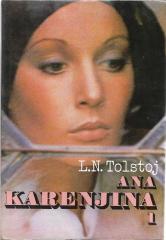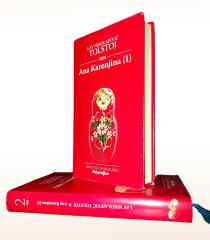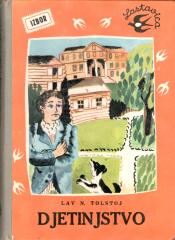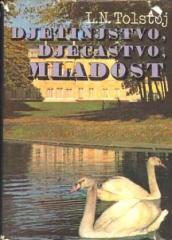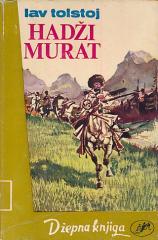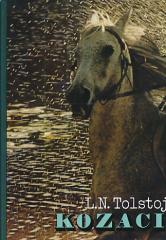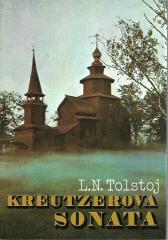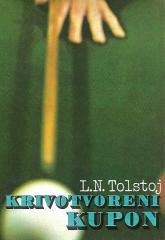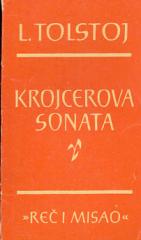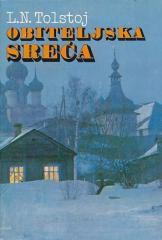Lav Nikolajevič Tolstoj
Naslovi u ponudi
Ana Karenjina
Kao jedan od najvećih Tolstojevih romana, delo kombinuje psihološku dubinu, realističan prikaz društva i filozofske teme. Ana je književna ikona, a roman je most između ranog realizma i kasnijih moralnih razmišljanja.
Ana Karenjina I-II
Roman koji je Dostojevski smatrao besprijekornim, a Faulkner nazvao najboljim romanom koji je ikada napisan, monumentalno je djelo Lava Tolstoja koji daje sveobuhvatan prikaz ruskog društva devetnaestog stoljeća.
Djetinjstvo
„Detinjstvo“ (1852) je prva knjiga autobiografske trilogije (uz Odrastanje i Mladost), gde Tolstoj istražuje svet detinjstva kroz oči desetogodišnjeg dečaka, Nikolinke Irtenjeva – nevinost, radosti, tuge i prve traume.
Djetinjstvo / Dječaštvo / Mladost
Lav Nikolajevič Tolstoj, u svojoj autobiografskoj trilogiji Detinjstvo (1852), Dečaštvo (1854) i Mladost (1857), prati odrastanje Nikolaja Irtenjeva, mladog plemića čije iskustvo odražava Tolstojevu mladost.
Hadži Murat
Hadži Murat je novela koju je Lav Tolstoj pisao od 1896. do 1904. i objavljena posthumno 1912. (iako u cijelosti tek 1917.).
Kozaci
Die Kosaken (1863) ist ein Schlüsselwerk in Tolstois Frühwerk und schlägt eine Brücke zwischen seinen autobiografischen Werken und seinen späteren Epen. Inspiriert von Tolstois eigenen Erlebnissen im Kaukasus, legt das Werk den Grundstein für seine Zivili
Kreutzerova sonata
Leo N. Tolstoy, a master of literature, explores deep themes of human existence, morality, and society in his novels The Blizzard, Albert, Three Deaths, Father Sergius, The Master and the Servant, After the Dance, and Hadji Murad.
Krivotvoreni kupon i druge pripovijesti
The stories Morning of a Nobleman, From the Notes of Prince Nekhludov, Marker's Notes, The Scale, Two Hussars, The Prisoner of the Caucasus, The Forged Coupon, The Death Notes of Old Man Fyodor Kuzmich, and Why? explore themes of morality, society, and sp
Krojcerova sonata
Obiteljska sreća
Family Happiness (1859.) is a significant work of Tolstoy's early work. Unlike his later moralistic works, here Tolstoy offers a tender, intimate story, focused on personal relationships, which makes it unique in his oeuvre.
